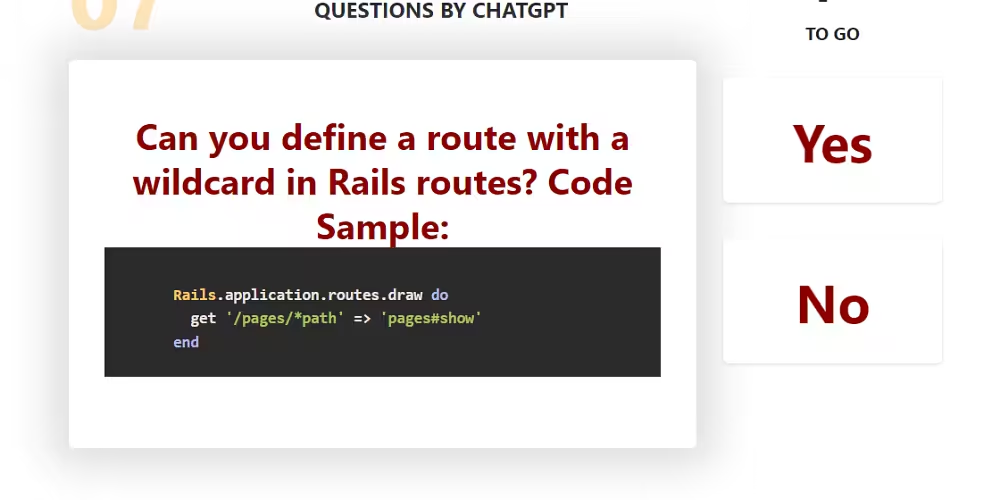Blogs


Our Ruby on Rails System Tests Got 4 Times Faster With One Setting
Let me explain something right away: what I’m going to talk about is pretty unique to our application. If you don’t have an application like ours, then what I’ve written here might not help you. Our application is very big (3.8 million lines of Ru...

Concurrency and parallelism in Ruby (Processes, Threads, Fibers and Ractors) by Jan Grela - Visuality
How to achieve concurrency and parallelism in Ruby? There are a couple of ways and I will describe these in the following article. It only covers the usage of Ruby core and standard library modules.Modern CPUs consist of multiple cores, so softwar...

Its 2023 and hiring interviews are still messy. Can we as (Ruby On
Its 2023 and hiring interviews are still messy. Can we as (Ruby On Rails) community make them better?In the video of my talk at the Ruby On Rails Global Summit 2023, I delve into the current state of hiring and interviewing practices. I examine wh...

DID YOU ALREADY TRIED QUIZ RUBY ON RAILS? - DEV Community
A few months ago, I created a website where fans of Ruby on Rails can test their knowledge by playing small knowledge quiz games. All questions were generated by ChatGPT in February 2023.The site contains 16 games with different levels of question...

Building GitHub with Ruby and Rails | The GitHub Blog
Every Monday a scheduled GitHub Action workflow triggers an automated pull request, which bumps our Rails version to the latest commit on the Rails main branch for that day. All our builds run on this new version of Rails. Once all the builds pass...

Caddy puma-dev for local development with custom domains and HTTPS
I develop a lot of webapps locally, often at the same time. For Ruby-only applications, puma-dev is by far the most convenient way to handle the situation. A single setup command gets you a lot out of the box:DNS resolution for all .test domains t...

10 Essential Skills and Qualities of a 10x Developer
The term "10x developer" is often used to describe a developer who is exceptionally productive and efficient, able to produce high-quality code in a fraction of the time it would take an average developer. The term was first coined by software eng...

What Being a Staff Developer Means at Shopify (2023)
Talk to 10 people and they might share 10 different definitions for staff developer. This is not too surprising, because the whole concept is relatively new. Programming as an industry is quite young, say about 80 years old, but even then we've ha...

100 Ruby on Rails Interview Questions: Answers and Tips for Developers
As a popular web development framework, Ruby on Rails is a key skillset for many developers and hiring managers. If you're looking to hire a Rails developer or prepare for a Rails developer interview, it's important to have a solid understanding o...


